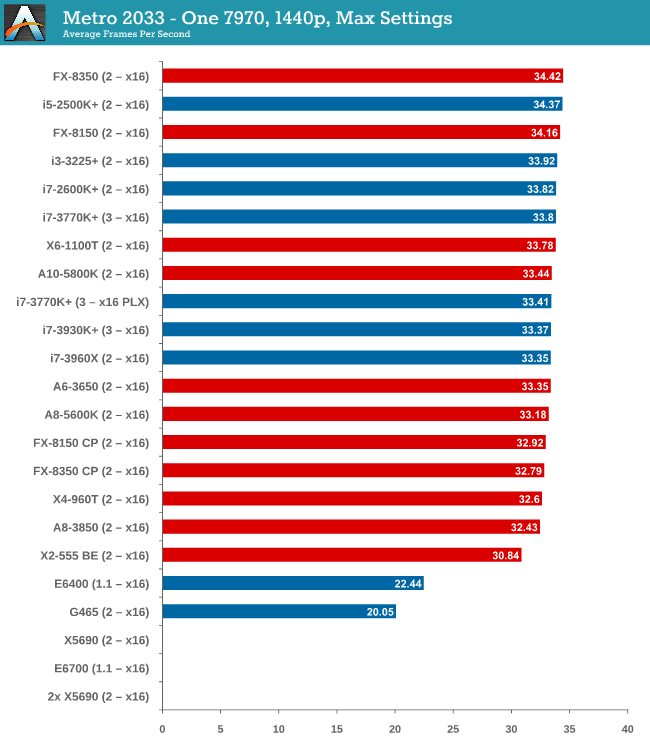A look at Wired’s excellent high-res teardown photo of the motherboard reveals Micron DDR3-2133 DRAM on board (16 x 16-bit DDR3 devices to be exact). A little math gives us 68.3GB/s of bandwidth to system memory.
To make up for the gap, Microsoft added embedded SRAM on die (not eDRAM, less area efficient but lower latency and doesn't need refreshing). All information points to 32MB of 6T-SRAM, or roughly 1.6 billion transistors for this memory. It’s not immediately clear whether or not this is a true cache or software managed memory. I’d hope for the former but it’s quite possible that it isn’t. At 32MB the ESRAM is more than enough for frame buffer storage, indicating that Microsoft expects developers to use it to offload requests from the system memory bus. Game console makers (Microsoft included) have often used large high speed memories to get around memory bandwidth limitations, so this is no different. Although 32MB doesn’t sound like much, if it is indeed used as a cache (with the frame buffer kept in main memory) it’s actually enough to have a substantial hit rate in current workloads (although there’s not much room for growth).

